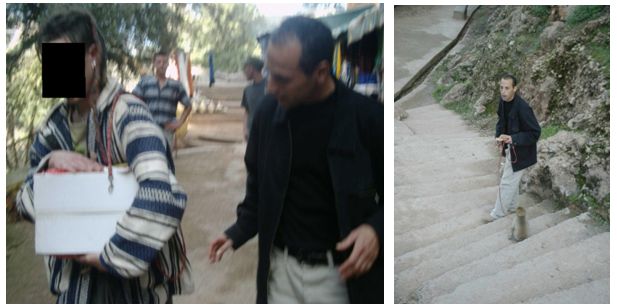Program goal :
(First phase)
1. study new methods and carry out in-depth research to develop new
new technologies for the development of the
ENVIRECOLOGY
2. Teach and train future Doctors, Experts, Specialists and Practitioners in the
Envirecology profession
3. Create and develop new scientific and technical bases and strengthen the methodology
methodology and expertise of Men and Women in favour of
ENVIRECOLOGY
Teaching list :
1. Certain geographical areas in Cameroon require in-depth studies in soil management,
2. The microclimate is difficult to adapt to,
3. The communities in the various regions are experiencing growth due to a lack of rehabilitation,
4. Public spaces require constant assistance to minimize the environmental footprint in urban environments,
Solutions with less impact :
1. Behavior change,
2. Unsanitary conditions,
3. Adaptation methods for behavior change,
